Viking
For centuries, Ireland was besieged by the Vikings. Vikings lived at sea, conquering and settling much of Western Europe in the 8th to 11th centuries. In 841 AD, Dublin was one of the first Viking settlements in Ireland. Cities like Dublin as well as Waterford, Limerick, Cork and Wexford started as Viking settlements.
The term “hiberno-norse” refers to the blend of Viking-Irish culture which took place in the 10th and 11th Centuries. It was in 999 that the Irish King Brian Boru famously vanquished the Vikings from Dublin. In the National Museum in Ireland there are a number of artefacts dating back to the Viking settlements in Ireland.
History Speaks
Historically, pieces of symbolic or practical purpose were made for a number of reasons. These reasons could include use in battle, use in eating or drinking, personal decoration, horse or chariot gear, and finally religiosity. Highly decorated war items which would have been popular amongst the Vikings as they symbolized virility and the ‘values’ of manliness.
Archaeologists have uncovered Viking remains with artefacts which indicate a range of roles in the tribe, such as craftsmen, merchants or warriors. Warriors would have been buried with the weaponry and craftsmen with their trade tools, such as scales, tongs and hammers. The ornate metalwork of ancient Celtic design can be found on the jewelry and tools discovered in these sites.
Continuing the Tradition
Viking influences can be found in our contemporary designs. Braid and platwork, as well as serpentine detail are referenced from the artefacts available to our craftsmen.


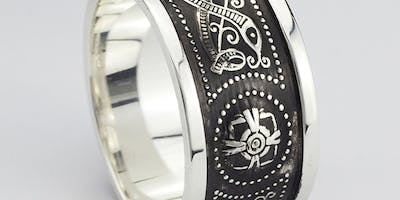

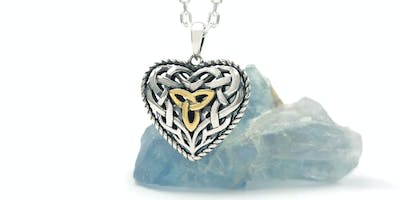
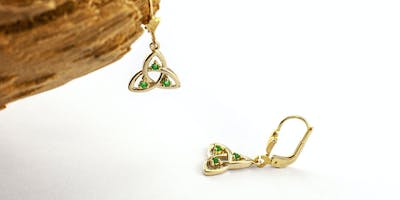

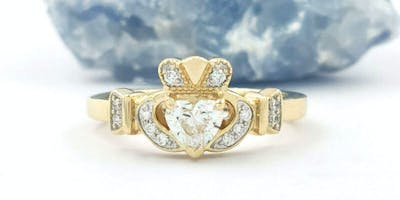
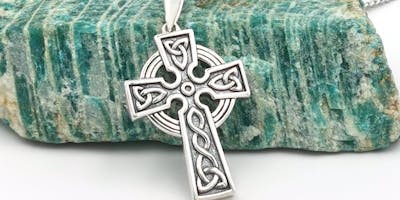
 Ask Gemma
Ask Gemma